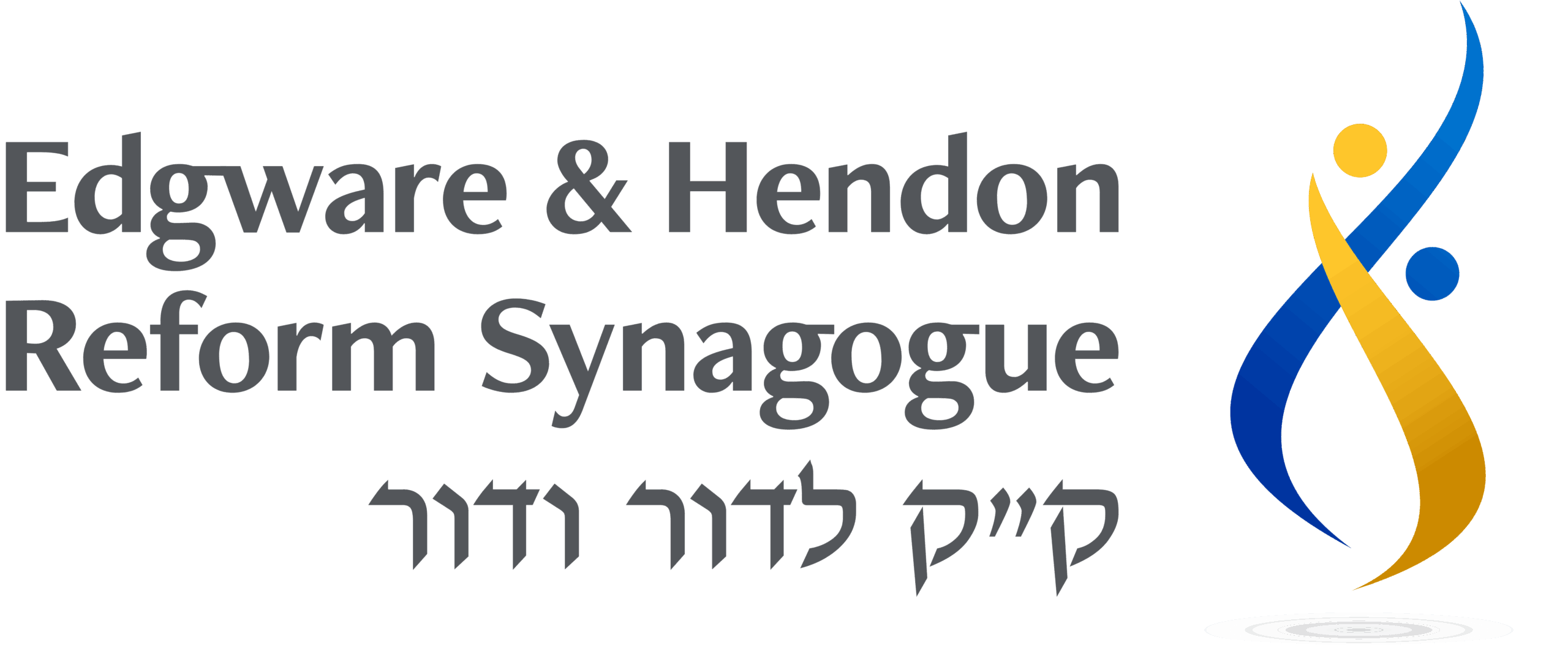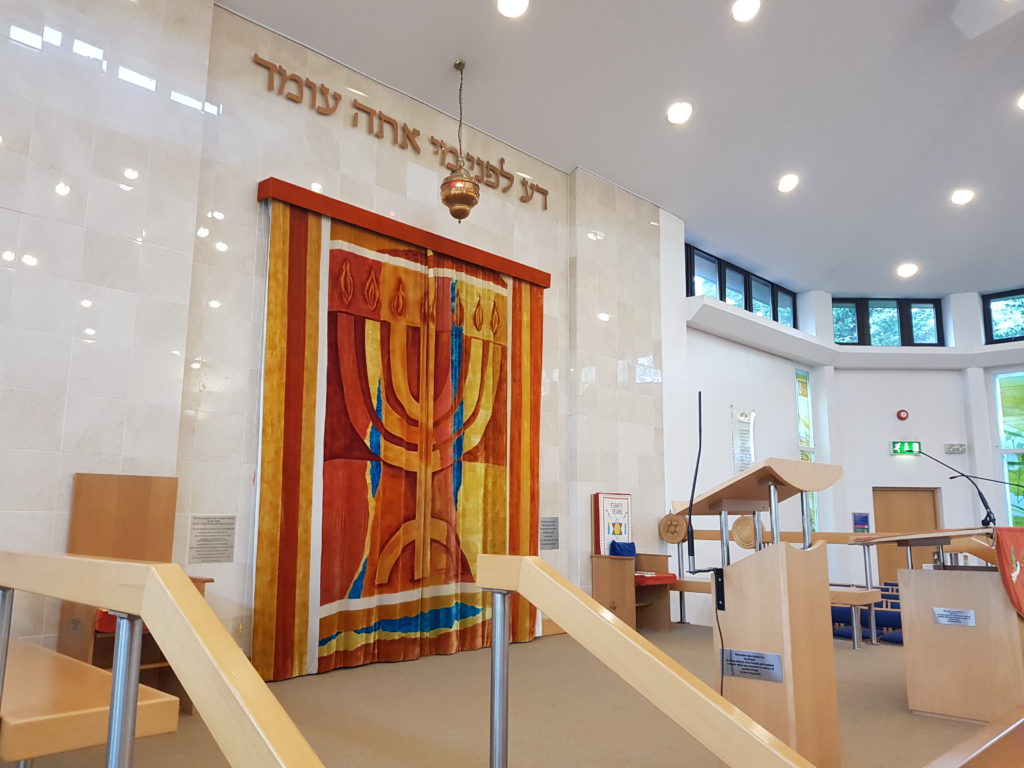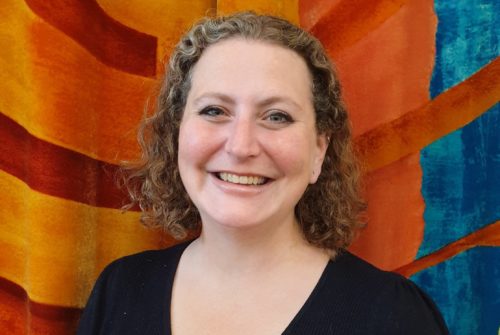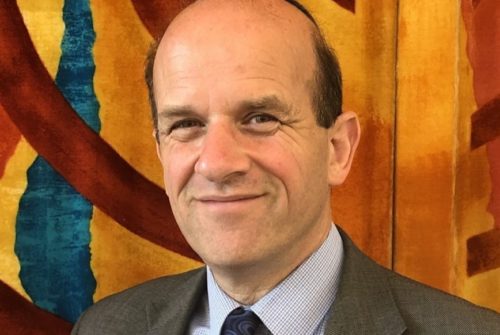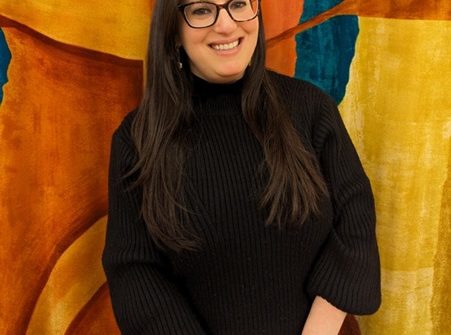Every Shabbat morning service at Edgware and Hendon Reform Synagogue begins with words written by a non- Jewish man who is expressing what being with the Jewish people feels like to him. That man is Balaam, the mercenary prophet of our Torah portion and his words are “Mah Tovu Ohalecha Ya’akov, Mishknotechta Yisrael” – ‘How good are your tents O Jacob, the places where you are present Israel.”
We sing these words with gusto to a number of tunes, the best known of which was written more than a hundred and thirty years ago by the Synagogue composer for the Neue Synagogue in Berlin, the Synagogue where EHRS’s first Rabbi Ignaz Maybaum served as his first post. Today we started our service with the words of Mah Tovu to the tune written by the American Cantor Jeff Klepper in 1974 while he was still a student at Hebrew Union College in New York.
These big tunes for Mah Tovu are intended to set up a Reform service for what it is – a congregation praying together, rather than each at their own pace, establishing that it is good to be where we are, creating a congregation, in normal times in our Synagogue building.
In Orthodox practice Mah Tovu does not get such top billing. These are the words that an individual says on entering a place of prayer, when the service is not yet congregational. The second phrase ‘v’ani b’rov chasdecha’ conveniently has ten words enabling the worshipper to count the minyan without actually counting the numbers. In Fieldgate Street Great Synagogue in the Whitechapel and many other Synagogue, they are conveniently inscribed above the door of the Synagogue for when you walk in.
Going back to the prophet Balaam in our Torah portion, what did he mean when he said these words – Mah Tovu? They have a prime place in our Torah. Traditionally a Sefer Torah, including the one which we used this morning, starts every one of its 248 columns with the letter vav – apart from two. The first column which starts with the letter bet for Bereshit Bara Elohim, in the beginning God created, and this column of Balaam’s prophecy, which starts with a mem for Mah tovu Ohalecha Yaacov. You cannot fail to notice them.
The setting has Balaam standing on top of a hill seeing the encampment of the Israelites below him and failing yet again to do what he was paid to do by Balak the King of Moab, which was to curse the Israelites and destroy their morale. Instead this prophet who boasts of his clear and open eyes sees the Israelites, the tribes of Jacob and literally says that their tents look wonderful and their mishcan, their place of worship is beautiful too.
In Judaism words of prophecy are not only for the time that they were delivered. This is why we read our Haftarah portion and hear the words of Isaiah, Jeremiah, Amos, Micah and Jonah every year. So Balaam, the non-Jewish prophet’s words, given to him to say by God, as he understands it, are validly interpreted in different ways throughout Jewish history up to the present day.
When Rashi, the French Jewish interpreter of the 10th century, who always looks for the pshat, the straightforward meaning of the Torah, asked what Balaam’s words might have meant for the future of the Israelites he says that ohalecha refers to the Tent of Meeting which the Israelites used for worship during their desert wanderings. Meanwhile Mishcanotecha refers to places where they would worship in the future, specifically the Mischan, place of God’s presence, which was the Temple in Shiloh, where the Priest Eli and the prophet Samuel led the Jewish people hundreds of years after they entered the Promised land and generations before the building of the Temple in Jerusalem. He means that whatever developments in the place of Jewish worship there were to be in the future they too are blessed by these words ‘Mah Tovu’ – how good they are.
In the Talmud Sanhedrin (105b) this tradition of broadening Balaam’s meaning began. Rabbi Yochanan said, in second century Israel, that ohalecha, the tents that once referred to our Temple now means our Synagogues, Batei Tefillah. The word mishcanoetecha that once meant our Holy of Holies now means our learning places, Batei Midrash, where rabbinic tradition holds that when even two people study together the shechinah, the divine presence is with them (Pirke Avot 3:7) – creating a mischcan, any day, everyday. How good is that!
In the part of the Talmud that is mostly about property law and principles, Bava Batra (60a), Rabbi Yochanan takes Mah Tovu in another direction and says that what Balaam was actually praising was the way in which the tents of Israel were constructed to meet real human needs. There is a part of Bava Batra which deals with building regulations in a crowded city and says that you should not build a window or door directly opposite the window or door of another property in order to preserve the privacy of the occupants. Rabbi Yochanan imagines that Balaam saw that the entrances of the tents of the Israelites were not aligned with each other ensuring that each family had a measure of privacy. And he said: if this is the case, these people are worthy of having the Shechinah, the divine presence rest upon them! Mah Tovu.
One man, Rabbi Yochanan, two interpretations – how Jewish!
What of today when we are not in our Synagogue but in our homes? What does it mean when we sing Mah Tovu Ohalecha Ya’acov to start our service when we are creating our community virtually? How today during this extraordinary time during the Covid-19 crisis can our tents and our places of presence, our dwelling places be good?
We have now reached a new phase – when our government is saying to us that under certain circumstances gathering together in quite large numbers can be safe. Children can be back at school, pubs can re-open this morning, weddings with 30 people can take place, even places of worship can re-open physically. And of course for very many people this does not feel right yet for them. They are not ready to mix in larger groups.
This week we have begun a series of meetings and discussions to work out how we can at EHRS get to re-opening physically. Our Chairman Janet Brand shared where we are so far in a statement sent to the whole congregation on Tuesday: We are actively looking at ways to comply with the government guidelines but still have a limited number of people attending a socially-distanced service in the shul. We hope that later on in the summer (Before High Holy Days) we will be able to do this on a strictly limited basis, and mindful of all the health regulations.
We are going to be very careful in accord with our responsibilities as a Jewish community that has the preservation of health as our first priority. We are going to do so in ways that do not create a two-tier community as we believe all of us to be equal in God’s eyes and our own eyes. We are going to make sure that there are opportunities for us to talk together as a community about finding our way back to using our Beit Tefillah because we know that we are all a mamlechet cohanim, a kingdom of priests with ideas that are well worth hearing. We will do so in small steps as Judaism mandates a responsibility for the safety of each other, building a parapet around the roof of our houses as a symbol of being sure that we do not risk setting up unsafe situations.
But we will also make absolutely sure that everybody who wants or needs to continue joining us from home will continue to have an excellent experience of worship, learning and gathering without having to leave where they feel safe.
For us at the start of July 2020 Balaam’s words mean – how good are your tents O Jacob – our Synagogue is a good place that is well worth working out how to physically return to. Your places of presence Israel – all of the places that we live, where in our homes we can join together through technology, through phoning each other or safely and socially distantly visiting each other.
Both are good spaces and EHRS is dedicated to ensuring that Jewish life can continue successfully and satisfyingly in our homes as well as in our Synagogue building. As the Office for National Statistics report last week showed, Jewish men have been twice as likely to die from Covid-19 than non-Jewish men and we have experienced this horror in our own community. Small steps and safety first. That is what will be good and enable us to say Mah Tovu.
Our Haftarah today links beautifully with Balaams words. The final words of Micah’s prophecy (6:8) say this – God has told you what is good – Mah Tov – so close to Mah Tovu, asot mishpat, v ahavat chesed v hatznea lechet im Eloheycha.
Do the right fair and just thing, love each other as a community with chesed, the duty to look after each other, and walk humbly with your God.
May we ensure that in the year to come a Balaam can come to the EHRS community and say how good are your tents O Jacob your places of presence Israel. May this be true of our physical Shul and how it reaches into our homes, knowing that we have physically opened rightly, caringly and with small and humble steps so that we preserve our lives and all of the values of our little corner of the people of Israel.
